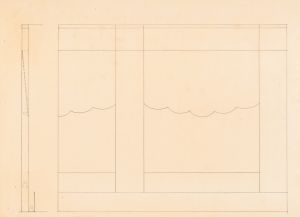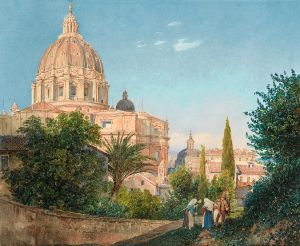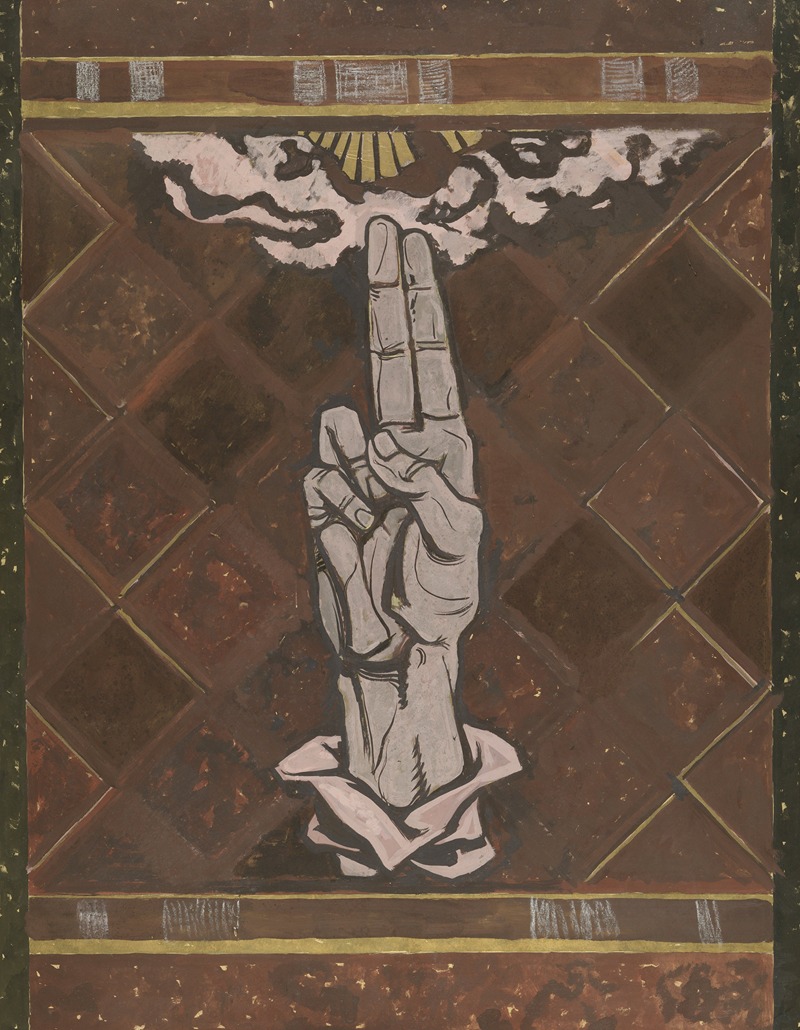
Zwerende hand; ontwerp voor figuur van de marmerdecoratie in de Hoge Raad te Den Haag
A hand-painted replica of Richard Nicolaüs Roland Holst’s masterpiece Zwerende hand; ontwerp voor figuur van de marmerdecoratie in de Hoge Raad te Den Haag, meticulously crafted by professional artists to capture the true essence of the original. Each piece is created with museum-quality canvas and rare mineral pigments, carefully painted by experienced artists with delicate brushstrokes and rich, layered colors to perfectly recreate the texture of the original artwork. Unlike machine-printed reproductions, this hand-painted version brings the painting to life, infused with the artist’s emotions and skill in every stroke. Whether for personal collection or home decoration, it instantly elevates the artistic atmosphere of any space.
Richard Nicolaüs Roland Holst (1868–1938) was a prominent Dutch artist, designer, and writer associated with the Arts and Crafts movement in the Netherlands. Among his many works, he contributed to the artistic decoration of public buildings, often incorporating allegorical and symbolic themes into his designs. One of his notable works is Zwerende hand; ontwerp voor figuur van de marmerdecoratie in de Hoge Raad te Den Haag (Swearing Hand; Design for a Figure in the Marble Decoration of the Supreme Court in The Hague).
This artwork was created as part of Roland Holst's commission to design decorative elements for the interior of the Hoge Raad der Nederlanden (Supreme Court of the Netherlands) in The Hague. The piece reflects his characteristic style, which often combined classical influences with a modern sensibility. The design, executed in marble, was intended to symbolize justice, integrity, and the solemnity of the judicial process. The "swearing hand" motif, central to this work, is a traditional symbol representing an oath or a pledge, underscoring the importance of truth and accountability in legal proceedings.
Roland Holst's work for the Hoge Raad is part of a broader tradition in which Dutch artists were commissioned to enhance public buildings with meaningful and aesthetically significant decorations. His contributions to the Supreme Court are considered an important example of early 20th-century Dutch art and design, blending functionality with artistic expression. The use of marble as a medium further emphasizes the permanence and gravity of the judicial institution.
While the specific details of the creation process for Zwerende hand are not extensively documented, it is known that Roland Holst collaborated with architects and craftsmen to ensure that his designs were seamlessly integrated into the building's overall aesthetic. His work in the Hoge Raad is part of a larger body of public art that includes murals, stained glass, and other decorative elements in various Dutch civic and religious buildings.
Roland Holst's artistic philosophy was deeply influenced by his belief in the social role of art. He sought to create works that were not only visually striking but also imbued with moral and cultural significance. His contributions to the Hoge Raad exemplify this approach, as they serve both a decorative and symbolic function within the context of the building's purpose.
Today, Zwerende hand and other elements of Roland Holst's work in the Hoge Raad are recognized as significant contributions to Dutch cultural heritage. They reflect the artist's skill in combining traditional motifs with a modern artistic vision, as well as his commitment to creating art that resonates with its environment and purpose.





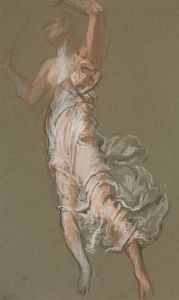
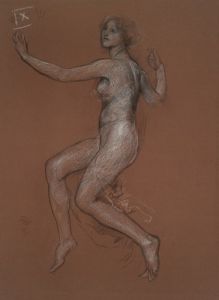
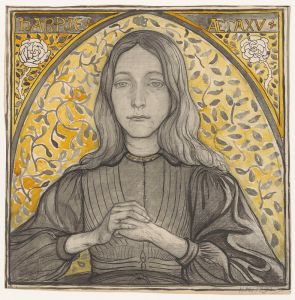
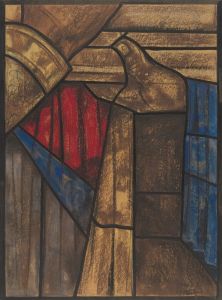
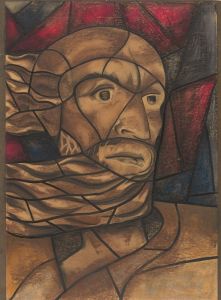
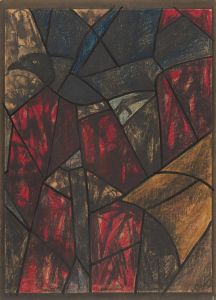
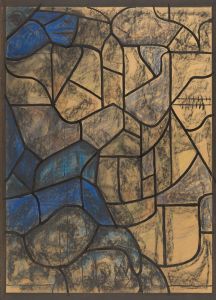
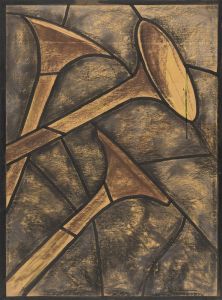
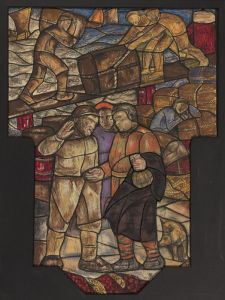
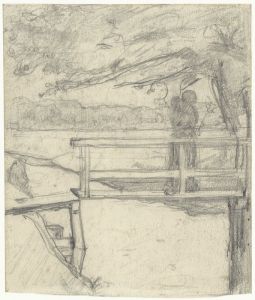
![Designs for the Puck Theater , New York, NY.] [Exterior perspective study..](/imgs/249325/s/winold-reiss-designs-for-the-puck-theater-new-york-ny-exterior-perspective-study-aba2fbab.jpg)
